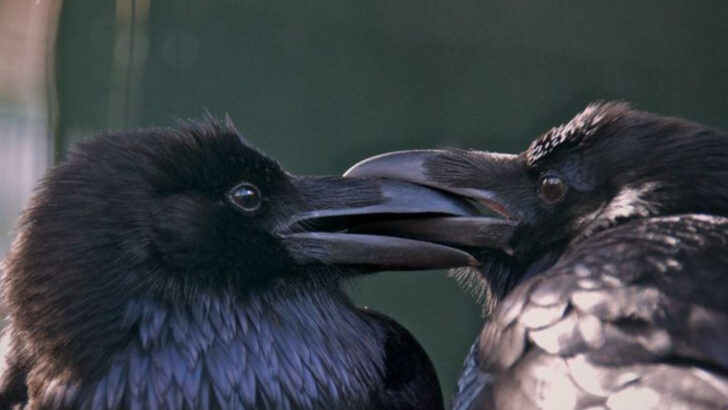Forget what you’ve heard—ravens, magpies, and crows aren’t just ordinary birds. They’re geniuses with feathers.
These brainy creatures can solve puzzles, use tools, and even recognize human faces. Some hold grudges, others bring gifts, and all of them have intelligence levels that rival primates. If you thought only parrots could show off their smarts, think again—these birds are in a league of their own.
From planning ahead to cracking open tough food sources in the most ingenious ways, they prove time and time again that bird brains are nothing to scoff at. They even have their own social rules and a talent for mischief.
Ready to have your mind blown? Here are 14 reasons why these birds might just be the smartest creatures in the sky.
Tool Use
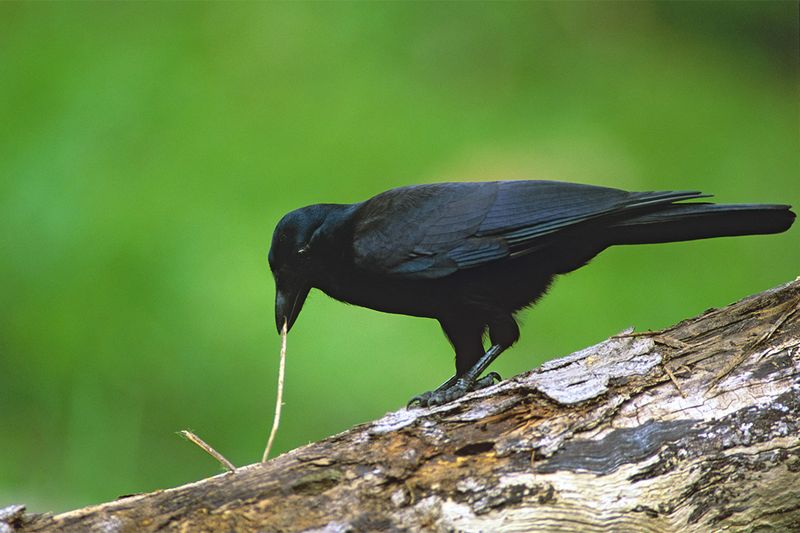
Ravens have been observed using tools to solve problems, a trait often linked to higher intelligence. For instance, they can use sticks to extract insects from crevices, showcasing their problem-solving abilities. This behavior is not only fascinating but also indicative of their capacity to plan and think ahead.
Crows, too, are known for their tool-making skills, often bending wires to fish food out of tight spaces. These behaviors reflect a level of cognitive function that sets them apart from many other bird species. Such intelligence is comparable to that found in some primates.
Complex Communication
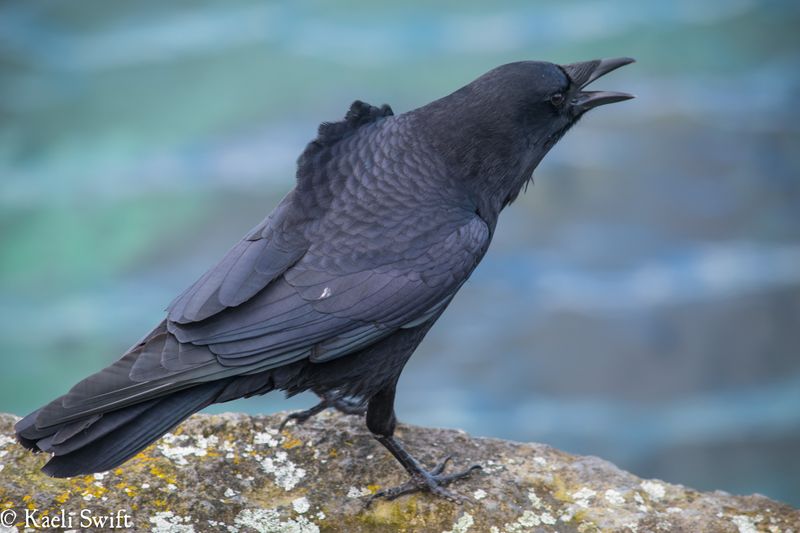
Crows possess a complex system of communication, enabling them to convey detailed information to each other. Their vocalizations are varied and can express everything from warning signals to location-based information.
This ability to communicate effectively reflects their social intelligence, allowing them to collaborate and solve problems as a group. Magpies, too, exhibit sophisticated communication skills, often engaging in vocal exchanges that can sound like conversations to human ears.
These intricate communication systems highlight their cognitive sophistication, underscoring their status as some of the smartest birds around.
Problem-Solving Skills
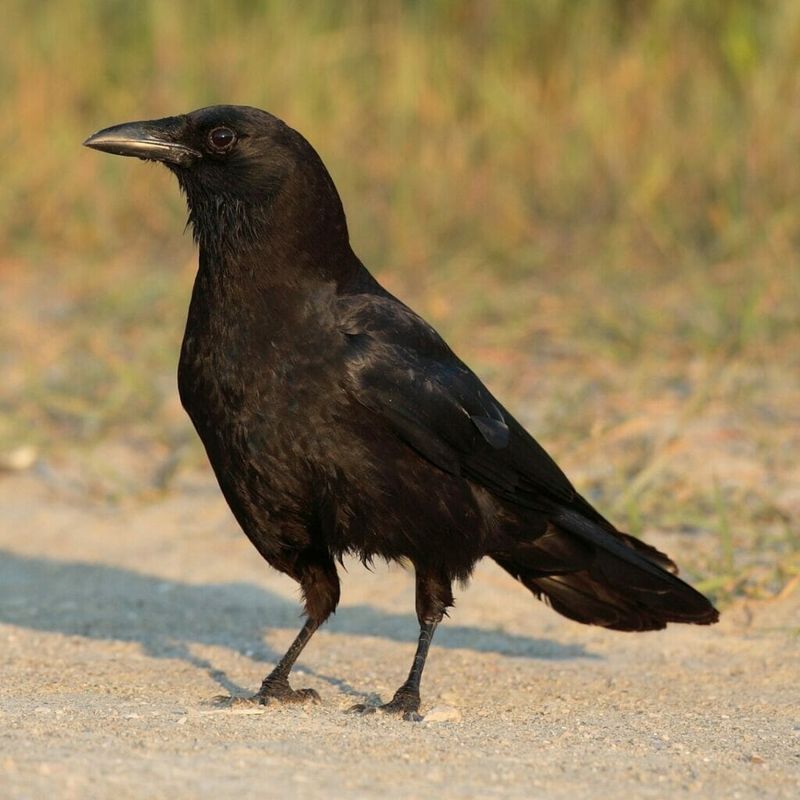
Magpies are renowned for their problem-solving capabilities, often engaging in tasks that require intricate thinking. Observations reveal that they can solve puzzles to obtain food, demonstrating a keen understanding of cause and effect.
Ravens, similarly, can navigate through complex challenges that require strategic planning and foresight. Their ability to tackle such problems showcases their high level of cognitive function, often compared to that of young children.
These problem-solving skills are integral to their survival, enabling them to adapt to various environments and challenges with remarkable ease.
Social Structure
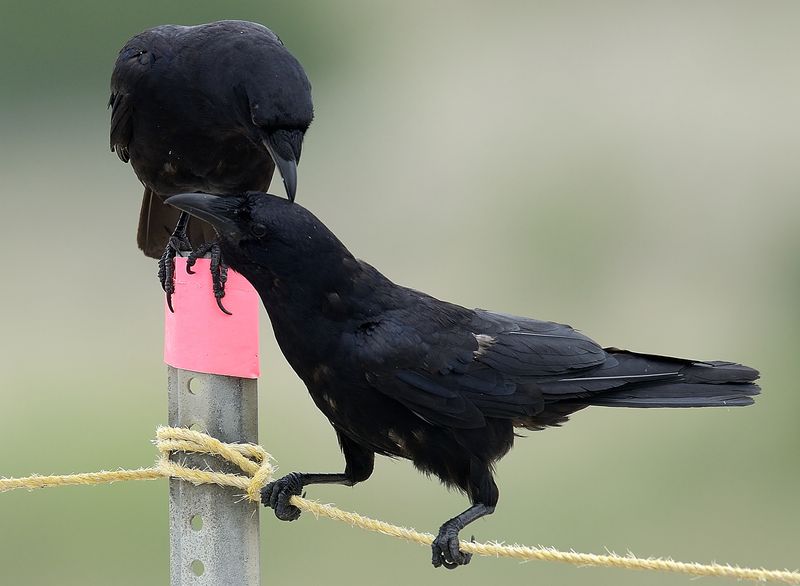
Ravens and crows exhibit sophisticated social structures, living in groups that often share resources and engage in cooperative behaviors. Their social intelligence is evident in how they form alliances and work together to achieve common goals.
These birds are known to engage in playful activities, which help strengthen social bonds within the group. This social behavior is not only beneficial for survival but also reflects their high level of cognitive functioning.
The complex social interactions observed in these birds demonstrate their ability to understand and navigate social dynamics effectively.
Memory Retention
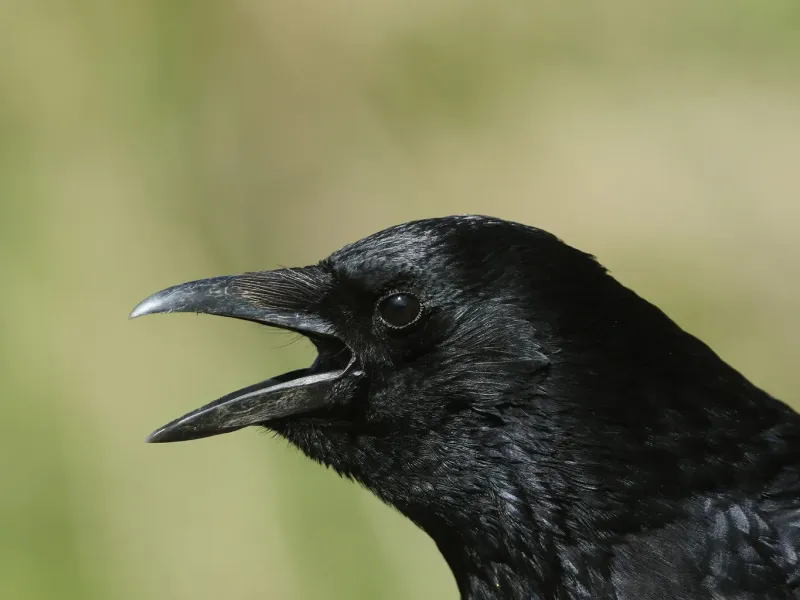
Crows and ravens are known for their impressive memory retention, particularly when it comes to caching food. They can remember the locations of hundreds of hidden food items, even after several months.
This ability to recall information over long periods is a testament to their advanced cognitive abilities. It allows them to plan for future needs, showcasing a level of foresight that is uncommon in the animal kingdom.
Such memory skills are crucial for their survival, especially in environments where food availability can be unpredictable.
Self-Awareness
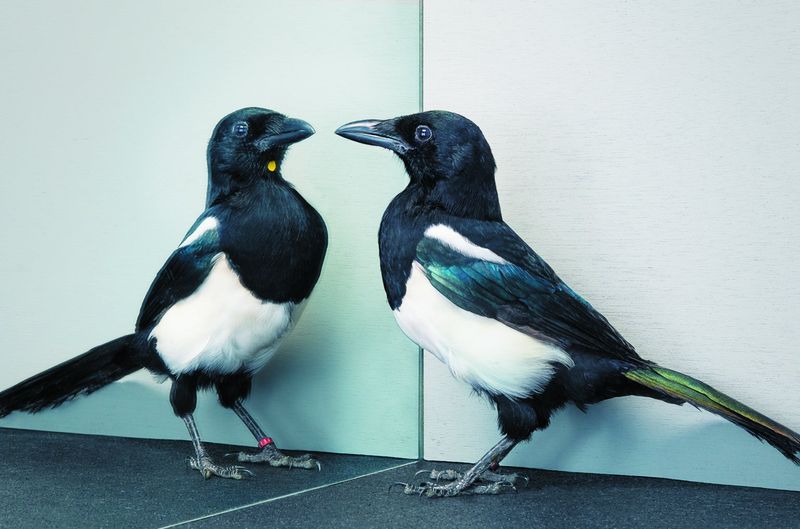
Magpies have demonstrated self-awareness, a trait that is rare among animals. They have passed the mirror test, which involves recognizing their own reflection as an image of themselves.
This ability to recognize themselves in a mirror suggests a level of cognitive complexity typically associated with higher mammals. It indicates an understanding of the self, which is a significant marker of intelligence.
This self-awareness can influence how they interact with their environment and other animals, providing them with a nuanced understanding of their surroundings.
Adaptability
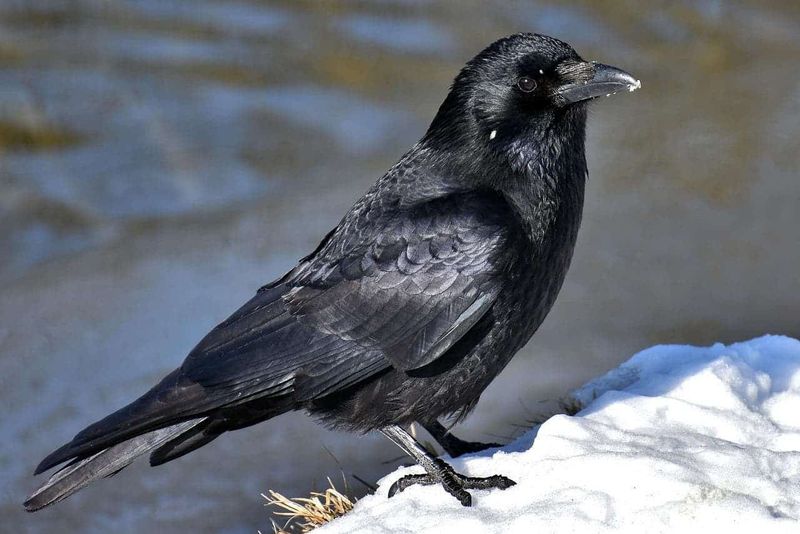
Crows and ravens are highly adaptable, thriving in a variety of environments, from dense forests to bustling urban areas. Their ability to adjust to changing conditions is a testament to their intelligence.
They can modify their behavior based on their surroundings, whether it’s using human-made tools or exploiting new food sources. This adaptability ensures their survival in diverse settings.
Such versatility in behavior highlights their cognitive flexibility, allowing them to overcome challenges and exploit new opportunities effectively.
Learning by Observation
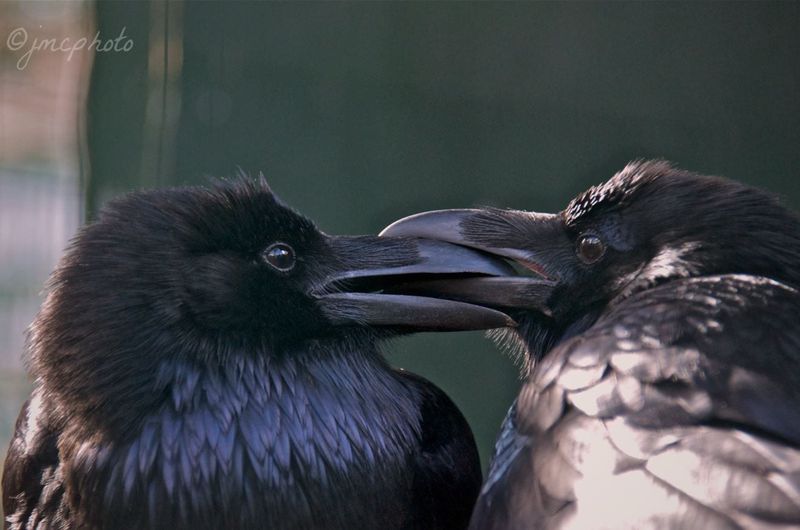
Ravens and crows can learn by watching others, a trait that is indicative of advanced intelligence. Young birds often observe and imitate older, more experienced individuals to acquire new skills.
This observational learning allows them to quickly adapt to new situations and challenges, showcasing their capacity to integrate new information efficiently. It also helps them develop innovative solutions to problems by building on the knowledge of others.
Such learning strategies are akin to those used by humans and primates, highlighting their remarkable cognitive abilities.
Use of Deception
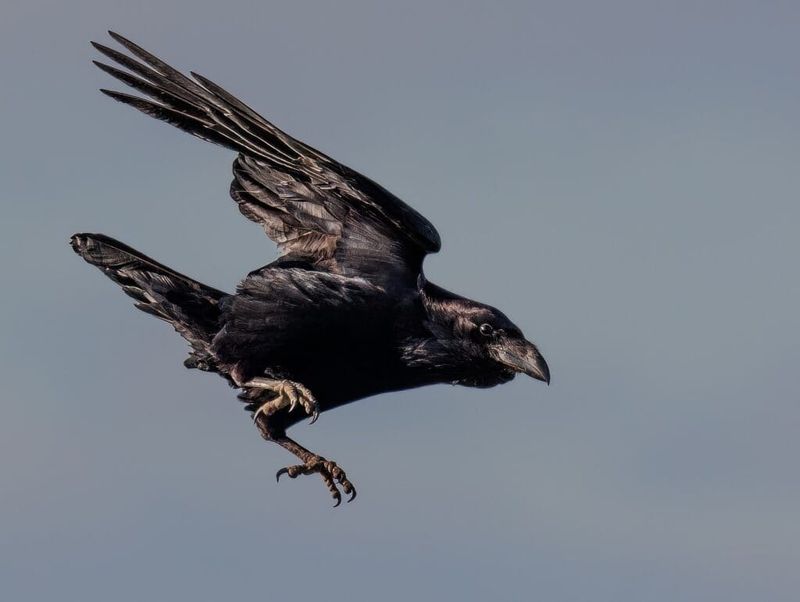
Crows are known to use deception as a survival strategy, a behavior that requires sophisticated cognitive skills. They might feign injury to distract predators away from their nests, showcasing their ability to manipulate situations to their advantage.
This use of deception indicates a level of strategic thinking that is rare in the animal kingdom. It enables them to protect their resources and offspring effectively.
Such behaviors underscore their intelligence, reflecting an understanding of cause and effect, and the ability to anticipate the reactions of others.
Tool Making
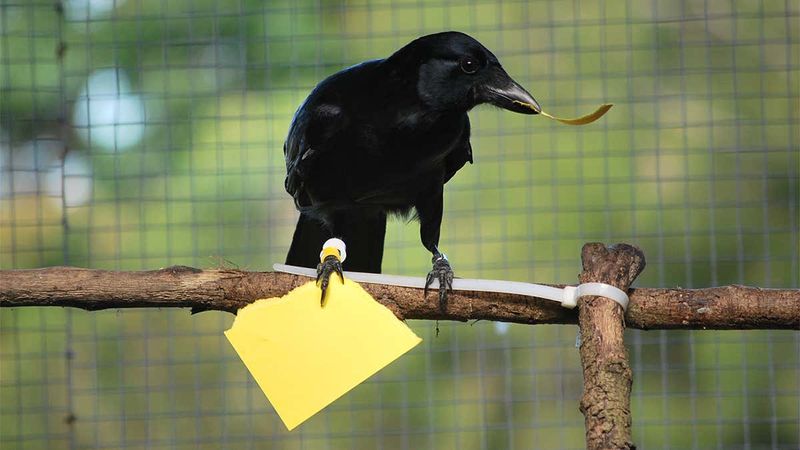
Crows exhibit the remarkable ability to make tools, a skill that is a clear indication of their intelligence. They have been observed bending wires to create hooks for retrieving food, an act that involves foresight and planning.
This tool-making capability is rare in the animal kingdom and is often seen only in primates. It demonstrates their understanding of materials and their properties.
By creating and using tools, crows highlight their problem-solving skills, underscoring their cognitive complexity and ability to innovate.
Cultural Transmission
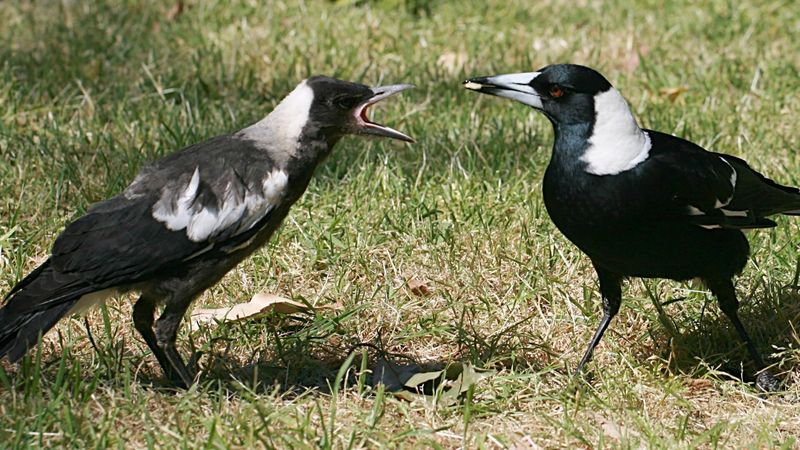
Magpies and crows engage in cultural transmission, where they learn behaviors from each other and pass them on to subsequent generations. This social learning is indicative of their advanced cognitive abilities.
Such cultural transmission allows them to develop unique behaviors that can spread through populations, often tailored to specific environments. It showcases their ability to learn from experience and adapt collectively.
This ability to pass knowledge across generations ensures that innovations are not lost, but rather built upon, enhancing their survivability and adaptability.
Emotional Expression
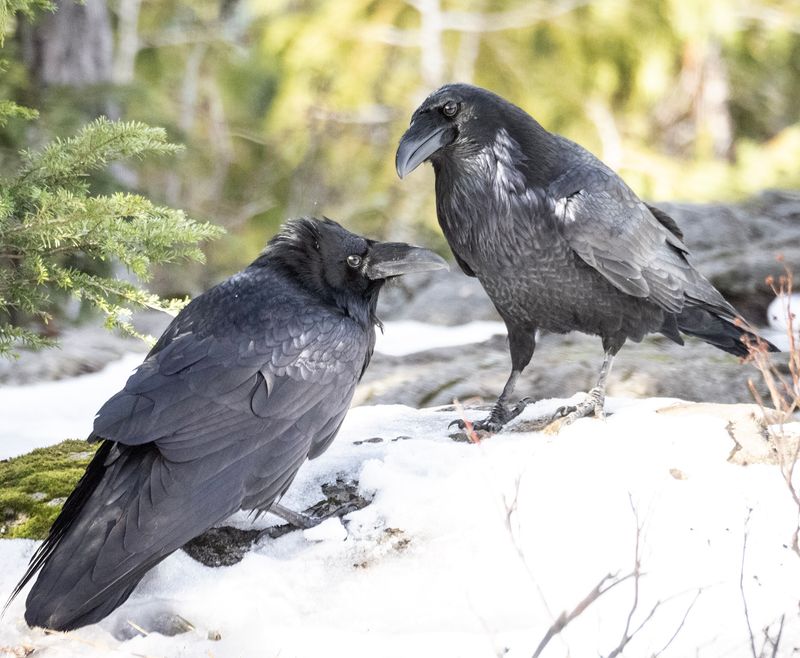
Ravens display a range of emotional expressions, often engaging in behaviors that suggest empathy and affection. They are known to comfort and groom each other, reflecting social bonds and emotional intelligence.
Such emotional expressions are crucial for maintaining social cohesion within groups, allowing them to work cooperatively and effectively. It highlights their ability to experience and respond to emotions in a complex manner.
These behaviors not only enhance their social interactions but also point to a deeper cognitive understanding of emotional dynamics.
Environmental Awareness
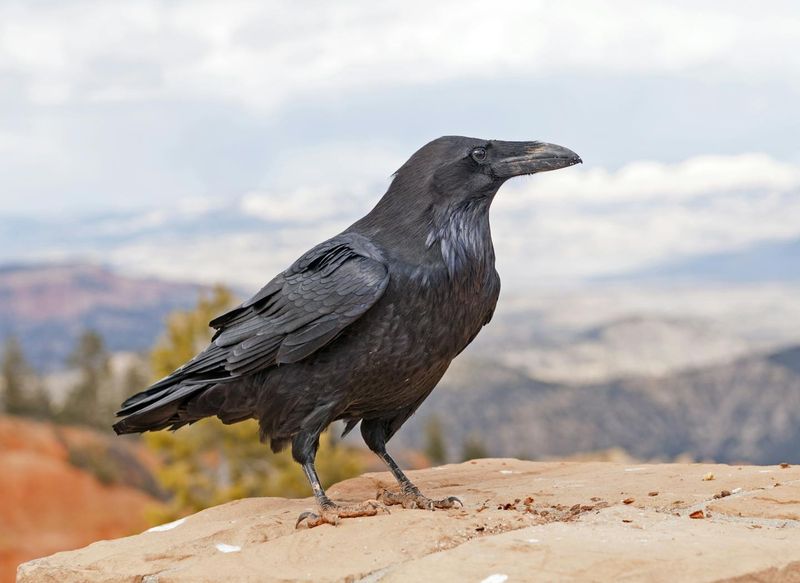
Ravens are highly aware of their environment, demonstrating the ability to navigate complex landscapes with precision. Their spatial awareness enables them to avoid obstacles and locate resources efficiently.
This environmental awareness reflects their cognitive ability to process spatial information and react accordingly. It allows them to exploit their surroundings effectively for survival and resource acquisition.
Such awareness is indicative of their overall intelligence, providing them with the tools needed to thrive in diverse habitats.
Innovative Foraging
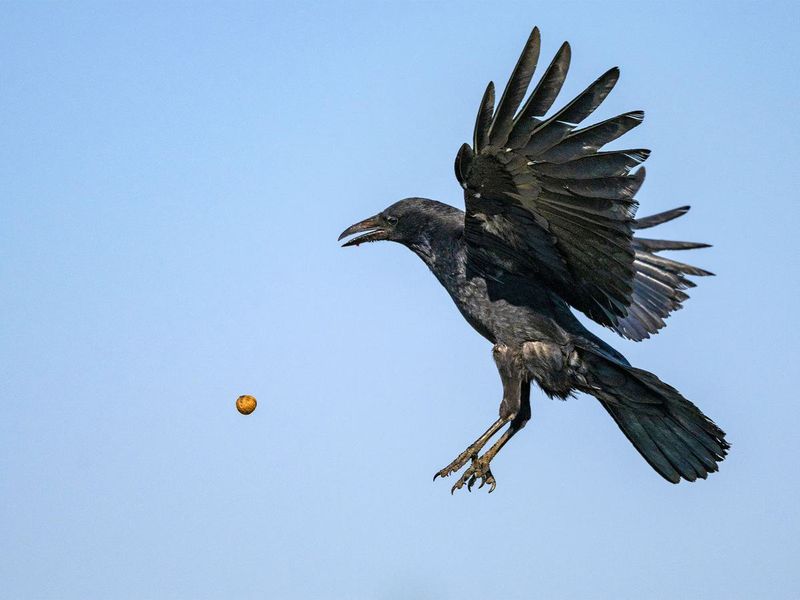
Crows exhibit innovative foraging techniques, often utilizing human environments to access food. In some cities, they have been observed using traffic lights to crack nuts, showcasing their ability to solve problems creatively.
This innovative behavior demonstrates their capacity to understand and manipulate their environment for their benefit. It reflects a high level of cognitive function, allowing them to exploit new opportunities effectively.
Such foraging strategies highlight their adaptability and resourcefulness, marking them as some of the most intelligent birds in the animal kingdom.

